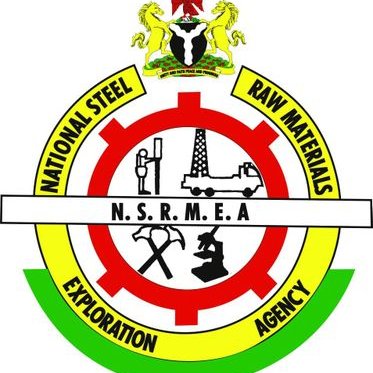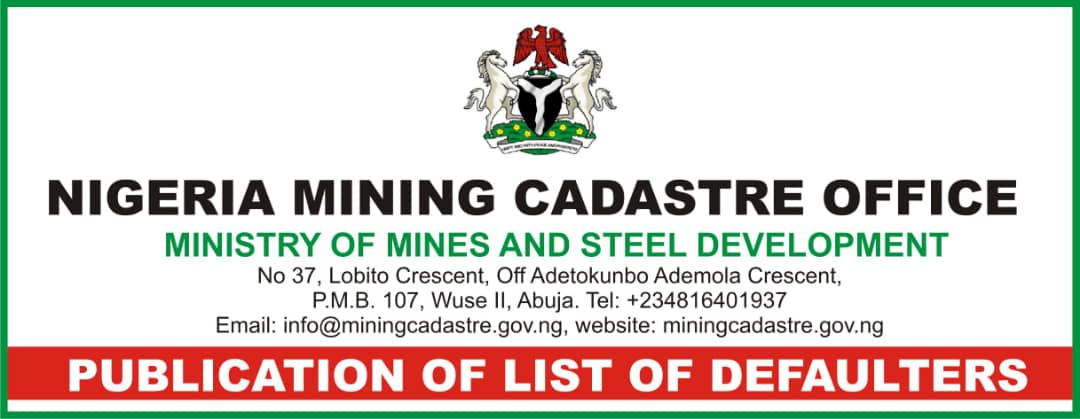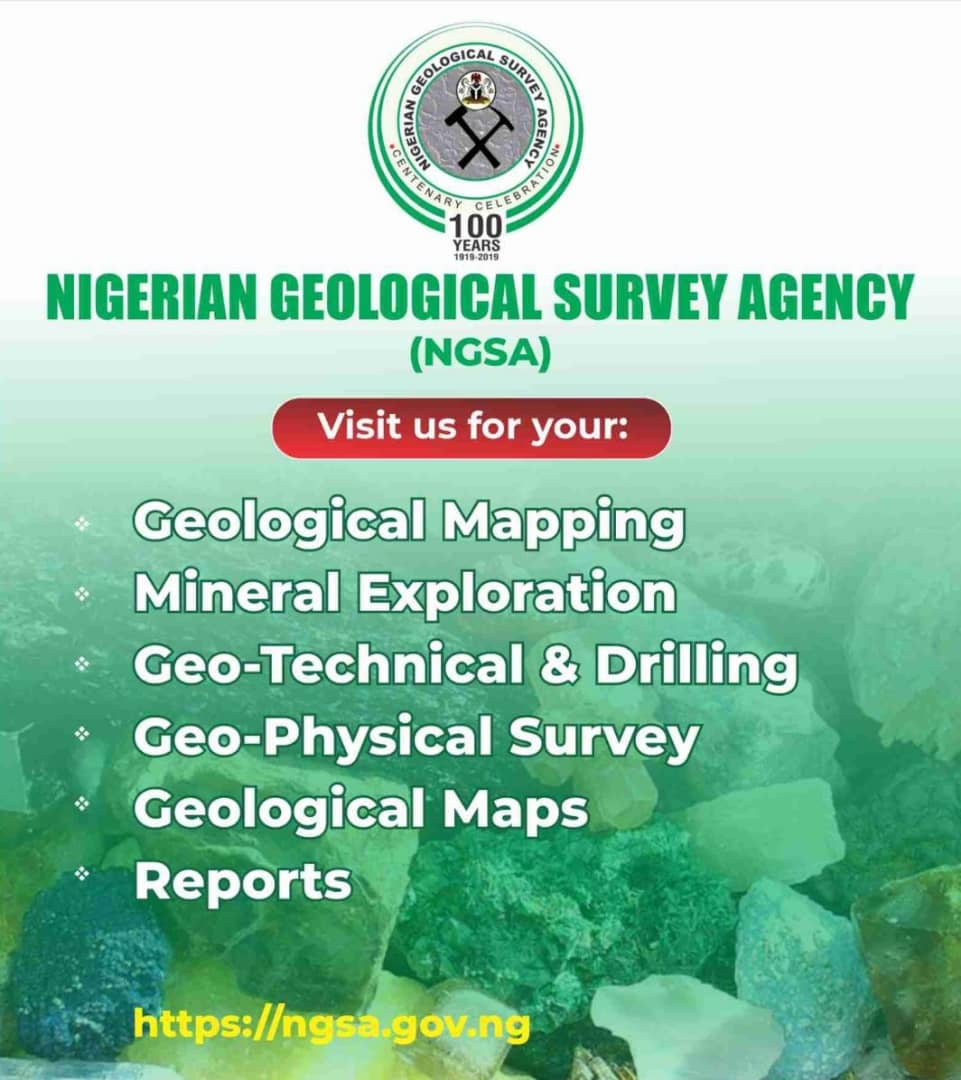
The quest to fully unlock the investment potentials of the Nigerian gemstones industry received a boost at the 59th Annual International Conference of the Nigerian Mining and Geosciences Society (NMGS) as Women In Mining (WIM) called on stakeholders to evolve a realistic action plan that will lead to the provision of needed support for entrepreneurships in the precious metals industry.
In her presentation, titled ‘Opportunities in the industrial and gemstones sector,’ the president of WIM, Engr Janet Adeyemi challenged policy makers and the organized private sector to translate opportunities to entrepreneurship, stating that Nigeria’s enormous solid mineral wealth can only be enjoyed when its promises of wealth and job creation are delivered to the citizen.
Adeyemi, a Fellow of the NMGS, pointed out that as the conference participants appreciates the widespread landscape of mineral resources, economic development, and sustainable growth, the conference should transcend mere discourse, stating that “it should encapsulate the key to unleashing the untapped potential that lies within the nexus of entrepreneurship and the vast, mineral-rich domains of our country Nigeria and the continent of Africa.”
The former member of the House of Representatives therefore admonished policy makers and captains of industry to “illuminate the pathways, dissect the challenges, and envision a future where entrepreneurial spirit becomes the driving force behind a thriving and sustainable mining sector in Africa.”
In her assessment of the current state of the Nigerian Mining Sector with regards to legal, policy and infrastructural frameworks from local and regional perspectives, Engr Adeyemi expressed concern that there are “untapped opportunities across the value chain,” and noted that the challenge is a consequence of the absence of factors to support entrepreneurship.
She stated: “The current state of the Nigeria mining sector has since evolved from 2007 by adopting best international practices hinged on the Mining Policy Framework (MPF), a guidance tool developed by the Intergovernmental Forum on Mining, Minerals, Metals, and Sustainable Development (IGF), in collaboration with the United Nations and other stakeholders. The MPF provides a comprehensive set of principles and best practices to assist governments in developing policies and legislation for the mining sector, with a focus on sustainable development and good governance.
Discussing the plethora of possibilities in mining as a sustainable investment, she called on investors to work with policy makers and set in motion, the realization of Action Plan that will translate mineral resources to wealth, saying: “Entrepreneurship is translating ideas to business opportunities after all due diligence has been conducted for profit. It has the capacity to grow and expand from a local business to a global brand if the needed (human, financial, technological, social and environmental) resources are efficiently managed,” adding that hard work, dedication and resiliency are also required for success.
Discussing opportunities in the industrial and gemstone sectors, Adeyemi said: “Nigeria is in West-Africa with neighboring countries, Republic of Benin in the west, Cameroun in the east, Niger republic in the north and Atlantic Ocean in the south. Area is 1, 127, 127 million km2, and endowed with diverse kinds of mineral resources.”
While saying that minerals are categorized based on parameters of usage and the geological terrains in which they are located, the Mining Engineer explained that there are five broad categories based on usage. “They include Industrial Minerals (which include barite, limestone, lithium, clay, silica, salt, kaolin, gypsum, feldspar, limestone); Energy Minerals (coal, bitumen, lignite, uranium); Metallic Ore Minerals (which include Gold, cassiterite, columbite, iron ore, lead-zinc, copper); Construction Minerals (granite, gravel, laterite, sand); and Precious Stones (which include sapphire, tourmaline, emerald, topaz, amethyst, garnet among others).”
According to Adeyemi, forty-four minerals have been identified in Nigeria, seven of which are classified as strategic minerals, namely bitumen, coal, gold, limestone, lead-zinc, iron-ore and barite. She said it is strategic to develop critical minerals and green/energy minerals in order to support climate change initiatives.
While saying that the most popular gemstones in Nigeria are Sapphire, Aquamarine, Beryl, Emerald, Tourmaline, Phenakite, Ruby, Garnet, Topaz, Amethyst, Moonstone, Onyx, Opal, Citrine, and Zircon, she noted that the value of a gemstone increases when it is cut and polished, and lamented that majority of gemstones mined in Nigeria are being exported as raw gems void of any value addition and mined with very rudimentary tools which often affect the value.
Adeyemi stated: “The value variance between uncut and cut gemstones is very high due to the technological input by experienced faceters, while the value increases even more significantly when the gemstones are set in jewelry.”
She said Nigeria has not benefited significantly from this value addition, adding that the technical know-how and machinery required for cutting, polishing, processing and finishing jewelry are generally lacking.
She made reference to the 2021 NEITI Report, saying: “It was quoted that 840 licenses were issued by the Mining Cadastre office (MCO) for 43 mineral types with gold taking the lead,” and stressed the need to put in place lapidary laboratories that will pave way for value addition to precisions stones in Nigeria.
Engr. Adeyemi said the mining sector in Nigeria is not exempted from challenges due to its vast reserves of solid minerals. She however noted that based on available data, the Ministry of Solid Minerals Development (MMSD) identified seven priority minerals for focused development. She said they are Coal, Bitumen, Limestone, Iron Ore, Barites, Gold and Lead/Zinc. While saying that the advent of technological development has expanded this to include critical/strategic/green minerals/energy minerals such as Lithium, Nickle, Cobalt, Manganese and Copper among others.
Discussing untapped investment opportunities in the country’s solid minerals sector, Adeyemi made reference to the 2021 NEITI Report, stating: “It was quoted that 840 licenses were issued by the Mining Cadastre office (MCO) for 43 mineral types with gold taking the lead with 352 licenses, which accounts for 41.9%, while licenses issued in respect of precious stones totaled 8.09%, with Beryl topping the list while the royalties earned are extremely poor.
Proffering solution, the expert said: “To bridge the gaps between our local industry and the global market, there is an urgent need to build capacity in the industry,” adding that gemstones occur in all the states of Nigeria including the FCT and highly concentrated within the 400km long and 150km wide NE-SW trending pegmatite belt of Nigeria.
She said in 2017, the Economic Geologist, Prof. Olugbenga Okunola identified and documented 100 sites while Aga et al updated the list to 119 in 2022, adding that there are notable mine sites along this belt which include Okeho, Shaki, Ijero, Ife, Lokoja, Kabba, Oke, Nassarawa Eggon, Gwantu, Barkin Ayeni, Udegi, Doka, Keffi, Akwanga, Wamba, Bwina, Jema’a. Jos, Zagun, Gurum, Pankshin, Riyom, Barkin Ladi, Magaman Gumau, Tafawa Balewa and Dass.
Discussing the market potential for gemstones, WIM President said in 2020, the global luxury jewelry market amounted to about 22 billion euros. According to her, the lion’s share of the jewelry and watch market revenue is attributed to China, followed closely by the United States and India. “The value of the jewelry market is expected to increase from about 230 billion U.S. dollars in 2020 to about 307 billion dollars by 2026,” she said.
The WIM President agreed with experts that the Nigerian economy does not benefit, financially, from gemstone trade and that the current contribution of the solid minerals sector to the country’s overall GDP averages a paltry 0.63 per cent as stated in the NEITI Report of 2021. She attributed the paltry contribution as the consequence of laundering,” adding that Reports in 2019 revealed that gemstones worth $3 billion are exported annually from Nigeria, but mostly unofficially.
“It is believed that Nigeria contributes about 10 per cent ($1.2 billion) of the total $12 billion revenue generated annually by Thailand from gemstone trade. We are losing tremendously on all sides, and it is therefore critical to urgently revisit our disorganized gemstone and jewelry sector and turn the tables by making Nigeria a global hub just as India has done,” she added.
Discussing factors that create opportunities, Adeyemi charged stakeholders on Career Advancement, saying that they should take advantage of opportunities for career growth and advancement by moving from entry-level positions to managerial roles or specializing in a particular aspect of mining operations. According to her, it is important to earn relevant certifications that enables a professional to become a competent person.
“Development of skill also creates opportunities. Develop new skills and expertise through on-the-job training, workshops, seminars, or further education to gain proficiency in operating mining equipment, understanding geological surveys, or learning about environmental regulations,” she added.
While saying that innovation and technology also play key roles, she called on stakeholders to embrace cutting-edge technology and innovation in mining operations, such as the implementation of automation, data analytics, and remote sensing technologies to improve efficiency and safety.
Discussing global opportunities, she remarked that opportunities abound for qualified people to work in different regions or countries where mining operations are prevalent, allowing individuals to gain international experience and exposure to diverse cultures and mining practices.
She called on operators to responsibly operate in host communities, stating that they are under moral obligation to fulfill environmental and social responsibilities, saying: “Ensuring sustainable mining practices is the responsibilities of every stakeholder, including initiatives related to environmental conservation, community engagement, and responsible resource extraction,” adding that for every entrepreneurial ventures in mining, such as exploration projects, consulting firms, or technology, the operator-businessman must not neglect his social responsibility.








